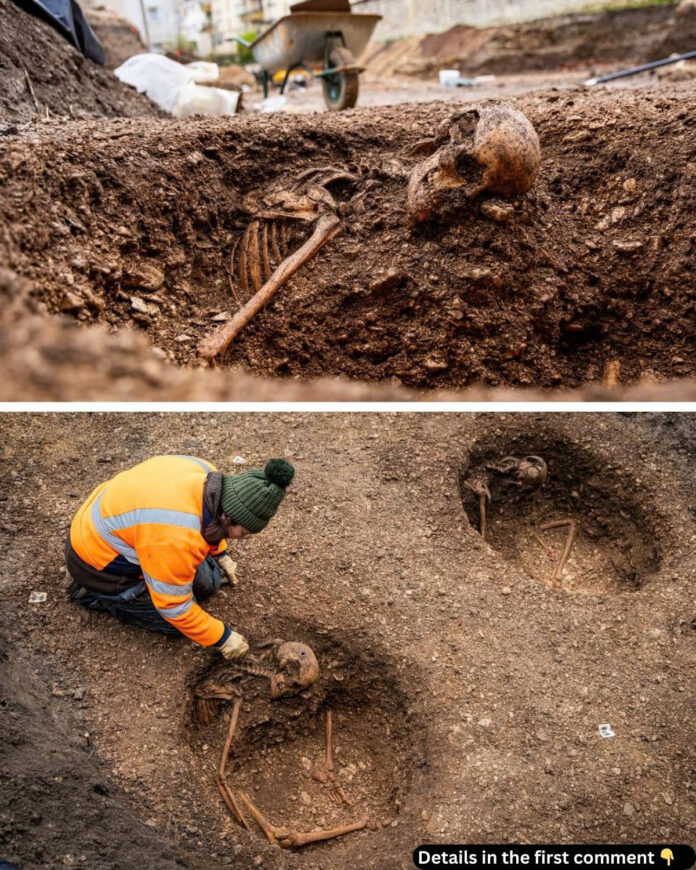In the midst of routine construction work at a Dijon school, archaeologists have uncovered a fascinating window into ancient burial practices that challenges our understanding of Iron Age customs. The excavation has revealed a series of unusual seated burials dating back approximately 2,300 years, offering a rare glimpse into the funerary rituals of ancient Gaul.
The Remarkable Seated Burials
The archaeological team discovered 13 adult individuals carefully positioned in circular pits measuring about three feet in diameter. What makes these graves truly exceptional is the deliberate positioning of the deceased—each body was meticulously arranged in a seated posture, with their backs resting against the eastern side of the pits and their heads oriented westward. Their arms were positioned either at their sides or resting on their pelvises, with legs carefully bent to accommodate the confined space.
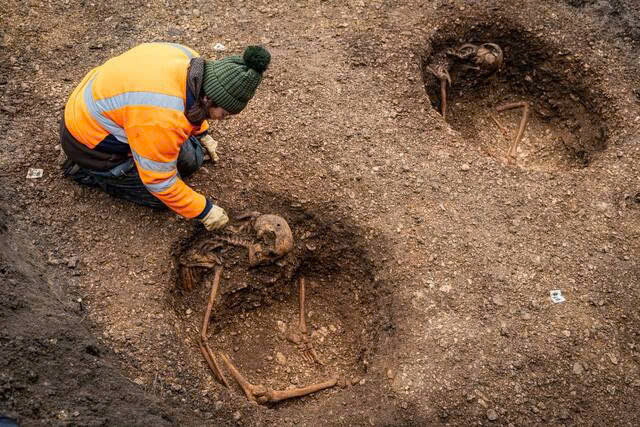
Unlike conventional burial practices of the La Tène period (roughly 500-1 BCE), where bodies were typically laid flat on their back or side, these seated arrangements suggest a specific cultural significance that archaeologists are still working to understand.
A Carefully Orchestrated Cemetery
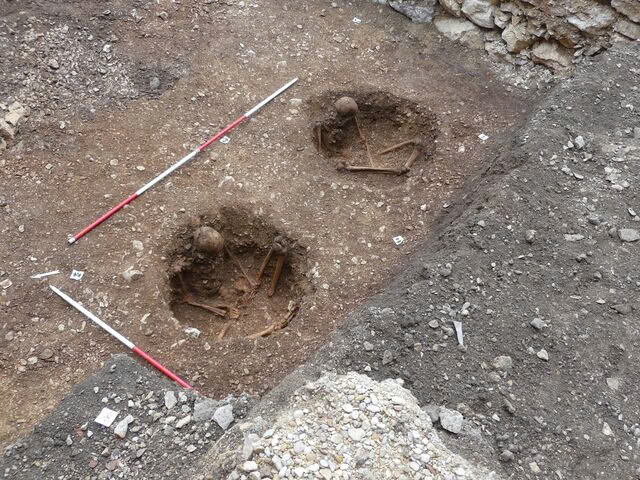
These unusual graves were not randomly placed but arranged in a precise linear formation spanning approximately 80 feet. The careful spacing and consistent positioning indicate a planned burial ground, possibly reserved for individuals of particular importance within their community.

The site’s location is equally intriguing—situated not within a traditional cemetery but near what researchers believe may have been either a religious sanctuary or an aristocratic residence. This strategic placement further suggests these individuals held special status in their society.
Minimal Grave Goods, Maximum Questions
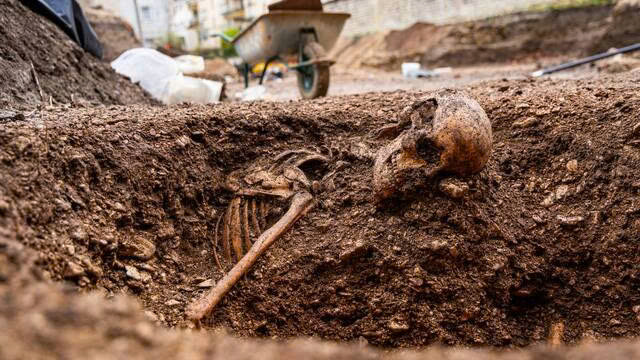
One of the most puzzling aspects of this discovery is the remarkable scarcity of grave goods. Among all 13 burials, only a single black stone armring was recovered, dating to between 300 and 200 BCE. This striking absence of the weapons, jewelry, and personal items typically found in Iron Age graves raises important questions about the identity of these individuals and the specific burial customs being observed.
Animal Companions in Death

While human-made artifacts were notably absent, the excavation revealed carefully positioned animal remains in the vicinity of the human burials. Skeletons of dogs, sheep, and pigs were found nearby, suggesting they played an important role in the funerary rituals. In many ancient cultures, animal sacrifices were believed to provide companionship or sustenance for the deceased in their journey to the afterlife.
Historical Context and Related Discoveries
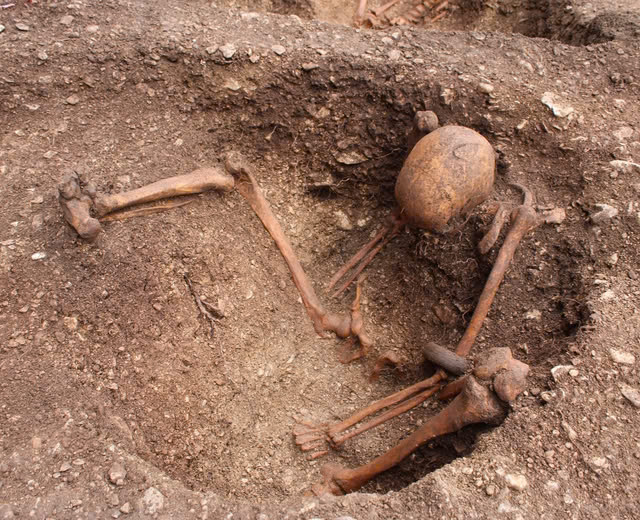
This isn’t the first time such seated burials have been documented in the region. In the 1990s, archaeologists uncovered similar circular pit burials nearby, complete with animal remains, hinting at a possible religious sanctuary in the area. The correlation between these findings suggests a consistent tradition of elite or ceremonial burials that may have continued for generations.
Video
From Gaul to Rome: Changing Customs
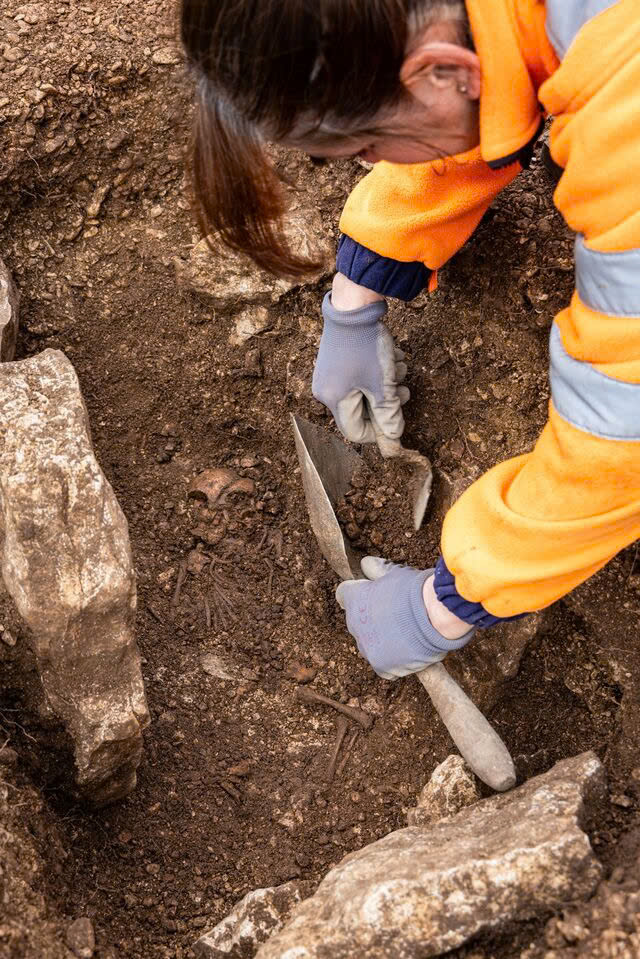
The excavation also revealed a later Gallo-Roman necropolis dating to the 1st century CE, containing the remains of 22 individuals—predominantly young children. Unlike their seated predecessors, these children were buried according to Roman customs, either in wooden coffins or stone cists. This juxtaposition of burial styles provides valuable insight into the cultural transition that occurred as Roman influence spread throughout Gaul.
The Continuing Mystery
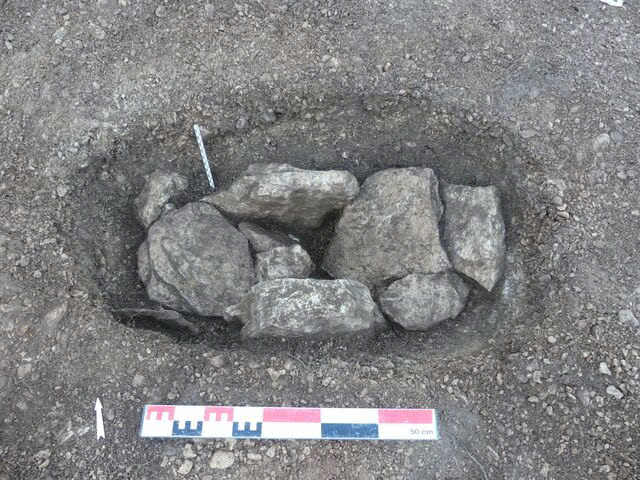
As archaeologists continue their careful work at the site, many questions remain unanswered. Who were these seated individuals? Were they religious leaders, warriors, or members of a specific social class? What significance did the seated position hold in their culture’s understanding of death and the afterlife?
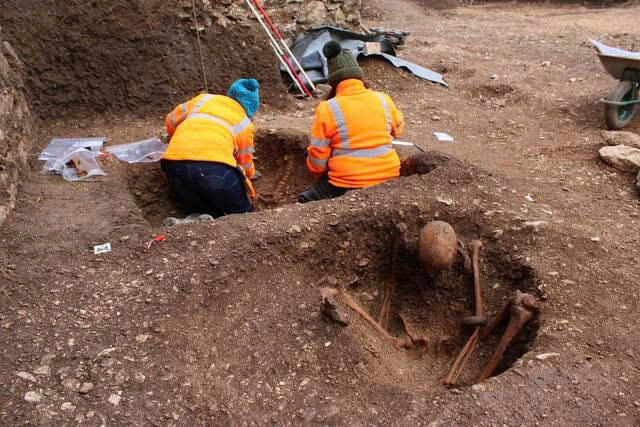
While we may never know all the answers, each discovery adds another piece to the puzzle of our ancient past. These remarkable seated burials in Dijon serve as a powerful reminder of the diverse and complex funeral practices that existed long before modern times—a testament to humanity’s enduring concern with honoring the dead and contemplating what might lie beyond.
